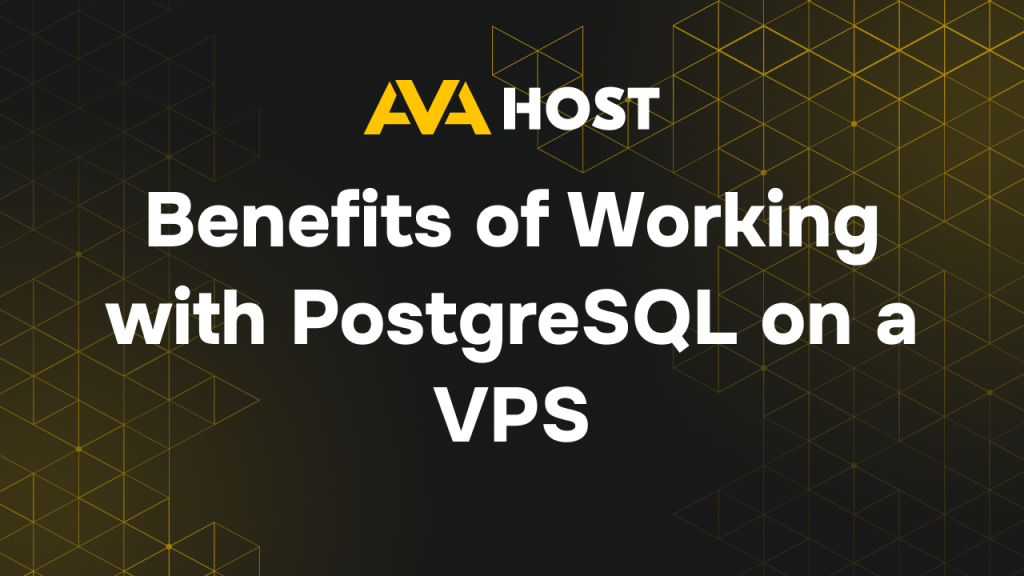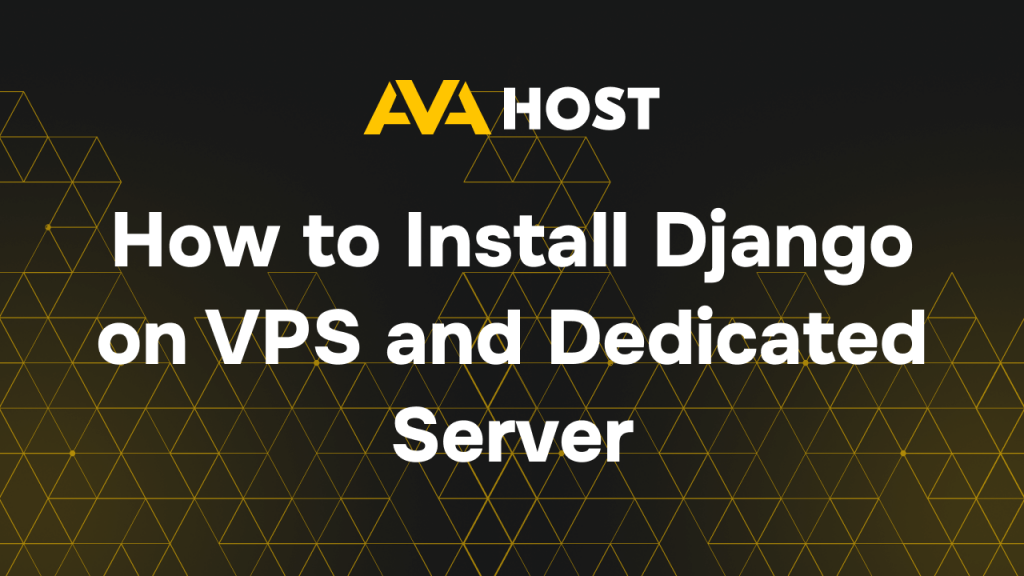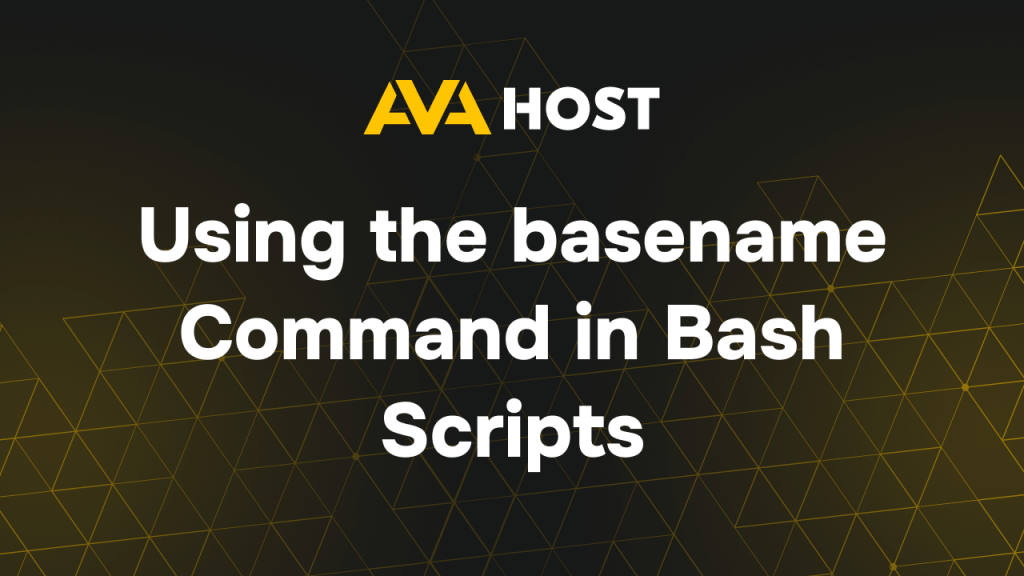Linux VPS

How to Find a Specific File by Content in Linux Whether you’re debugging a web application, auditing server logs, or tracking down a specific configuration on your ava.hosting VPS or dedicated server, searching files by content is a vital Linux skill. Tools like grep, find, ack, and ripgrep make it easy to locate strings or […]

Creating a Custom Cron Job on Linux Automating routine tasks is essential in any robust system administration or web development workflow. Cron jobs provide a powerful, time-based job scheduler in Unix-like operating systems, allowing you to run scripts or commands automatically at scheduled intervals. What Is a Cron Job? A cron job is a scheduled […]

Nginx is a high-performance, open-source web server trusted by millions of developers and businesses worldwide. It’s known for its speed, scalability, and resource efficiency, which makes it one of the most popular choices for: Hosting websites and web applications Acting as a reverse proxy to distribute requests between backend servers Load balancing traffic to improve […]

Streamline Linux Navigation Navigating directories on your AvaHost Linux server just got easier! The pushd and popd commands are powerful tools for moving through complex folder structures without losing track of where you’ve been. Perfect for system admins, developers, or anyone working in a Linux terminal, this guide shows you how to use these commands […]

Imagine running a data-driven application—be it a bustling e-commerce platform or a real-time analytics dashboard—on a robust, customizable server that keeps your data secure and accessible. PostgreSQL, a leading open-source relational database, paired with ava.hosting’s high-performance VPS, transforms this vision into reality. For example, you could host a SaaS app on ava.hosting’s VPS, using PostgreSQL […]

How to Install Mattermost on Ubuntu 20.04/22.04 with AvaHost Mattermost is a secure, open-source messaging platform, a self-hosted alternative to Slack, ideal for privacy-focused teams. This guide simplifies installing Mattermost on an AvaHost Ubuntu 20.04/22.04 VPS or dedicated server, with practical examples and tips for a scalable, secure setup. Introduction Mattermost offers robust collaboration tools […]

How to Upload an SSH Public Key to Your VPS for Secure Access Using SSH keys provides a secure, passwordless way to connect to your VPS, streamlining management while enhancing security. This guide simplifies uploading your SSH public key to an existing VPS on AvaHost or similar platforms, with practical examples and tips to ensure […]

How to Install Django on a Hosting Server: A Step-by-Step Guide Django is a high-level Python web framework that encourages rapid development and clean, pragmatic design. Whether you’re launching a small website or a full-fledged web application, deploying Django on a hosting server is a critical step. In this guide, we’ll walk through the process […]

Using the basename Command in Bash Scripts In Bash scripting, one of the most common tasks is manipulating file paths—especially when you want to extract just the file name from a full path. That’s where the basename command comes in. While seemingly simple, basename has powerful use cases when used correctly in more complex scripts, […]

Python is one of the most widely used programming languages, known for its simplicity and versatility. Whether you’re developing web applications, data science projects, or automation scripts, Python is an essential tool for developers. While CentOS 7 server comes with Python 2.x by default, many modern applications and frameworks now require Python 3. In this […]


